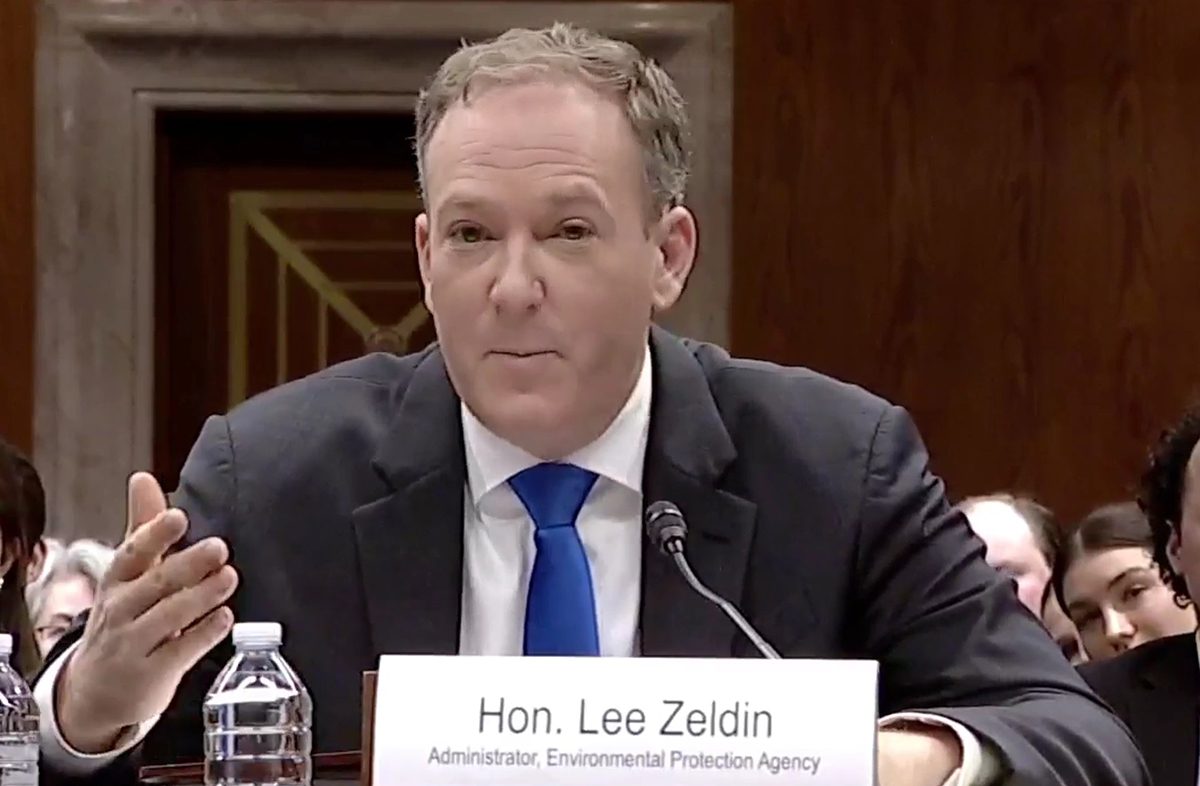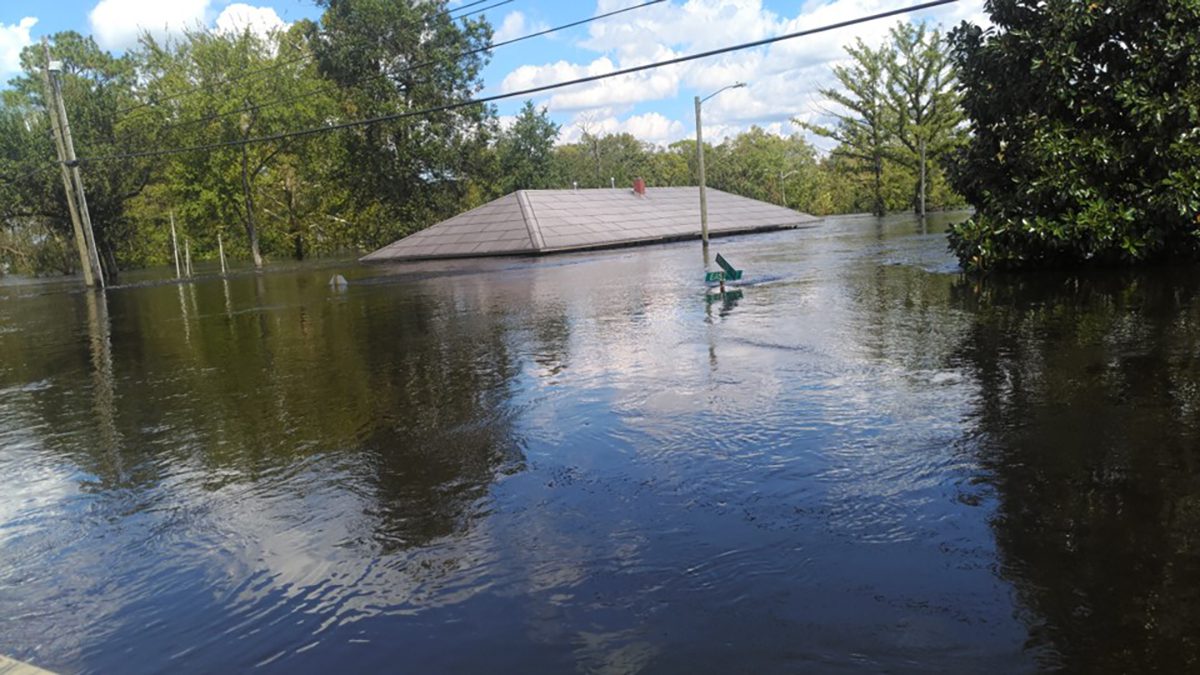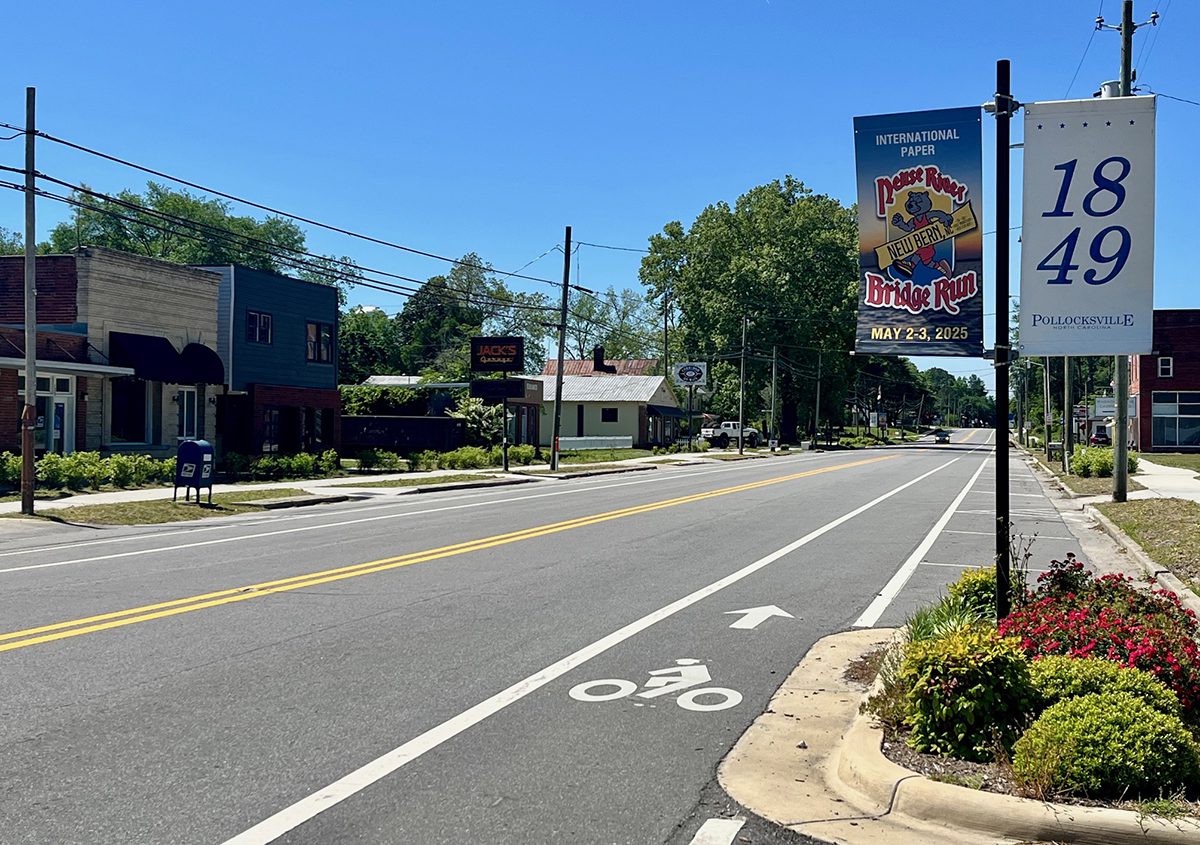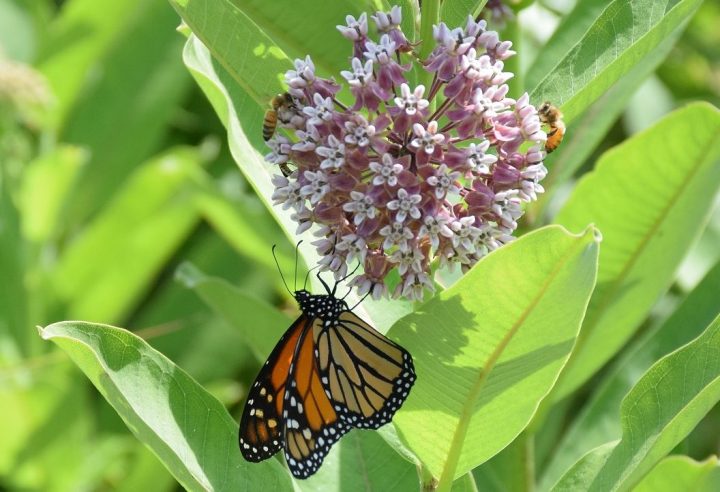
Second of two parts
An organization dedicated to protecting North Carolina’s natural resources has established a Butterfly Highway throughout the state as a way to restore pollinator and wildlife habitats.
Supporter Spotlight
Angel Hjarding, pollinator and wildlife habitat programs director for the North Carolina Wildlife Federation, explained that a backyard pollinator garden helps provide valuable food and habitat for pollinators and wildlife.

“They help us build a connected ‘highway’ of safe places for pollinators to eat and raise their young,” she said, which is the purpose of the Wildlife Federation’s Butterfly Highway. To help create corridors across North Carolina for butterflies, birds, bumblebees and all of the native pollinators in the state.
“The goal of the Butterfly Highway is to bring together a coalition of public and private land owners committed to protecting and conserving habitat for pollinators and wildlife across North Carolina,” she said. “These partnerships are critical to achieving our long-term conservation goals.”
The Butterfly Highway began with several communities in Charlotte wanting to beautify their environment through planting gardens, according to the federation’s website. “Through the Butterfly Highway, these communities are transforming community gardens, backyard gardens, public spaces and park fragments into new pollinator and wildlife habitats. The Butterfly Highway has also provided capacity for communities to participate in a community based citizen science project that tracks butterflies and bumble bees. No garden is too small to make an impact and all together they are a part of the Butterfly Highway.”
Since the program’s inception, the Butterfly Highway has achieved success across the state, Hjarding said. “From rural lands in Eastern North Carolina to urban cityscapes in the Piedmont, the Butterfly Highway is working to protect habitat and build advocacy and awareness for pollinators. More than 2,000 pollinator pit stops have been registered on the Butterfly Highway protecting over 30,000 acres of land for pollinators.”
Supporter Spotlight
To become part of the Butterfly Highway, visit the website, www.butterflyhighway.org, take the Butterfly Highway pledge and become part of the community. There are Butterfly Highway signs available on the site to post at a pollinator pit stop to help educate friends and neighbors on the importance of the pollinator garden.
Hjarding explained that the declines in monarch and honeybee populations have made national news headlines and brought attention to the troubles facing insect pollinators.
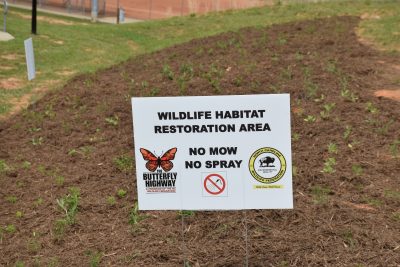
“The iconic monarch butterfly has faced a significant population decline, and in the winter of 2014-2015 reached an all-time low in their overwintering locations in Mexico,” she said. “Monarch butterflies were once commonly seen in the spring and fall migration through North Carolina but now sightings have become rarer due to the declining population and available habitat.”
She explained that the decline has been attributed to numerous factors that include forest loss in overwintering areas, loss of breeding habitat due to agricultural practices, urbanization, increase pesticide use and the effects of climate change.
“Adult monarchs rely on a variety of nectar plants to provide energy for their long migration to Mexico as well as milkweed to lay their eggs on, as milkweed is the only plant that monarch caterpillars will eat,” Hjarding said.
Hjarding added that without these flowers and plants, monarchs will not be able to survive. Species of wild bees and bumblebees have also declined during the last 50 years because of many of the same issues that are affecting monarchs and other pollinators.
“Pollinators such as bumblebees, butterflies, and other insects are critical to North Carolina’s biological diversity and agricultural economy. Our native pollinators face numerous threats including loss of native plant habitat that provides vital nectar and pollen resources,” Hjarding said.
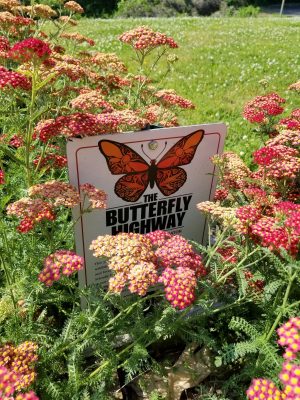
The coastal areas of North Carolina are important for pollinator conservation, especially for monarchs.
“Monarchs use the sea winds during their fall migration and rely on fall blooming plants such as seaside goldenrod to fuel their journey south. You can help by planting native flowers, trees, shrubs and grasses that provide food and habitat for pollinators,” Hjarding said. “We have some ideas on our website to help you get started. We will also be offering a newly redesigned native pollinator seed mix on our website that people can order.”
Nancy Lee Adamson, senior pollinator conservation specialist with the Xerces Society for Invertebrate Conservation and the U.S. Department of Agriculture Natural Resources Conservation Service’s East National Technology Support Center in Greensboro, emphasized that the coast is especially important for some migratory pollinators such as monarch butterflies and the Gulf fritillary butterfly.
Xerces Society is a nonprofit invertebrate conservation organization. Invertebrates are animals without backbones such as insects, spiders, mollusks such as mussels and crustaceans like crabs.
“While it’s important to include milkweed and passion vine plants to host their caterpillars, the adults need nectar plants,” Adamson said.
Some of the most important nectar plants are found along the coast including groundsel and seaside goldenrod. Other coastal plants include blanket flowers, dotted mint, seashore mallow, vanilla leaf, golden asters and sweet pepperbush, Adamson continued. A full list can be found here.
Hjarding added that the Wildlife Federation is a leading partner in the newly established North Carolina Pollinator Conservation Alliance, or NCPCA.
“The mission of the NCPCA is to provide public and private landowners guidance and resources to best support the health and diversity of pollinators in North Carolina through protection, restoration and creation of pollinator habitat,” Hjarding said. “NCPCA is comprised of almost 30 partner organizations, agencies, universities, and corporations. NCPCA recently published an in-depth technical guidance document for the creation of pollinator habitat on solar farms.”




